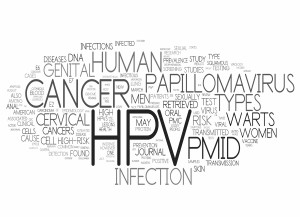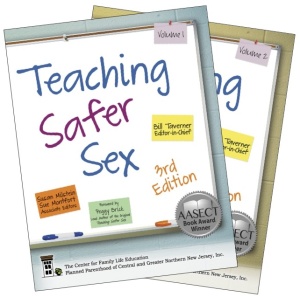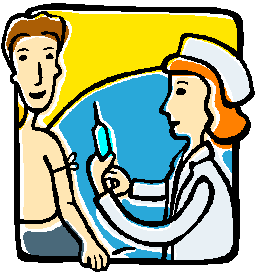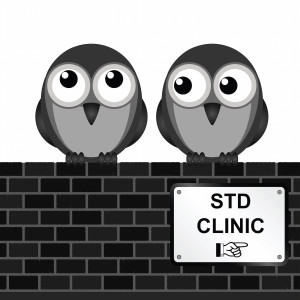 There are two sexually transmitted infections that I find students are the most routinely confused about in class: HPV and Herpes. (It doesn’t help that Herpes is referred to medically as the Herpes Simplex Virus, or HSV.) Today I want to talk about HPV: There are so many strains, they do such apparently different things to the body, and the immunization is so controversial, it’s hard to get a grip in a classroom of what to teach and where to start without bulldozing all of your available time to teach about STIs generally. And all of this is made even more complex because we’re really just at the beginning of our learning curve about HPV medically speaking. This is not one of those STIs like gonorrhea that we’ve known about for thousands of years!
There are two sexually transmitted infections that I find students are the most routinely confused about in class: HPV and Herpes. (It doesn’t help that Herpes is referred to medically as the Herpes Simplex Virus, or HSV.) Today I want to talk about HPV: There are so many strains, they do such apparently different things to the body, and the immunization is so controversial, it’s hard to get a grip in a classroom of what to teach and where to start without bulldozing all of your available time to teach about STIs generally. And all of this is made even more complex because we’re really just at the beginning of our learning curve about HPV medically speaking. This is not one of those STIs like gonorrhea that we’ve known about for thousands of years!
And so I turn back to The Center for Sex Education’s manual Teaching Safer Sex for help. This lesson comes through beautifully:
THE ABCs OF HPV
Objectives
By the end of this lesson, participants will be able to:
1. Describe what HPV is and how it is transmitted.
2. Identify the most serious effects of HPV on women and men.
3. Explain how to prevent HPV.
Rationale
The incidence of HPV infectivity is huge. In fact, the American Social Health Association (ASHA) estimates that about 20 million people — women and men — are thought to have HPV infections at any given time with about six million new genital HPV cases occurring each year. In about one million of these cases, HPV appears as genital warts. Further, three out of four Americans between the ages of 15 and 49 have been infected with genital HPV in their lifetime. This lesson is designed to increase participants’ basic knowledge of HPV, so that they understand how it is transmitted, the effects it can have, and how to prevent it.
Starting with what students already know, as educational best practices encourage us to do, this lesson asks the following:
- What have you heard about HPV? What questions do you have?
- What is a vaccine? What are some of the vaccines you know about?
- What are some ways people can protect themselves from HPV?
Working through information, worksheets, and risk related facts, this lesson plan covers everything that the general public might need to know about HPV to account for it in their sexual decision making. It’s easy to follow along, doesn’t require in-depth medical or clinical knowledge on the part of the leader, it’s an all around solid lesson that covers a tricky topic.






